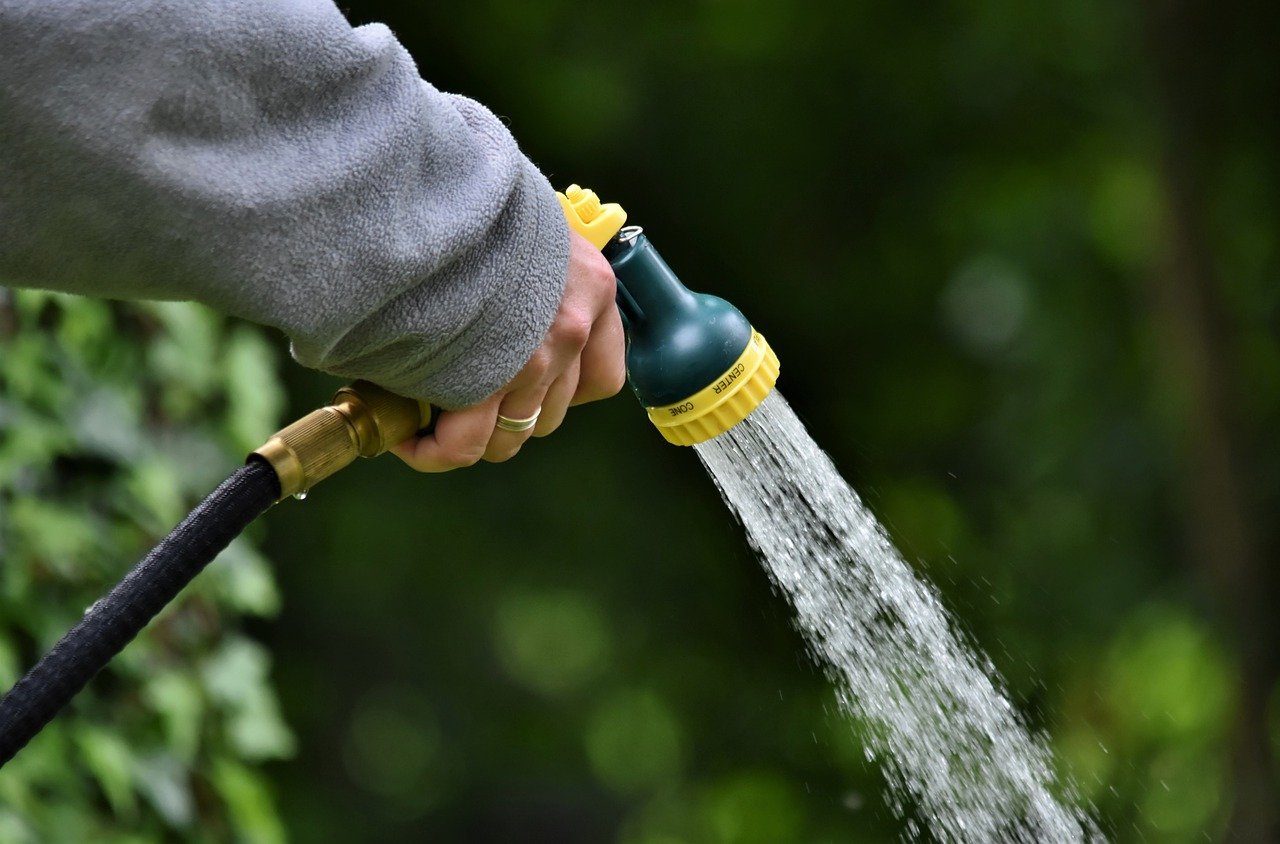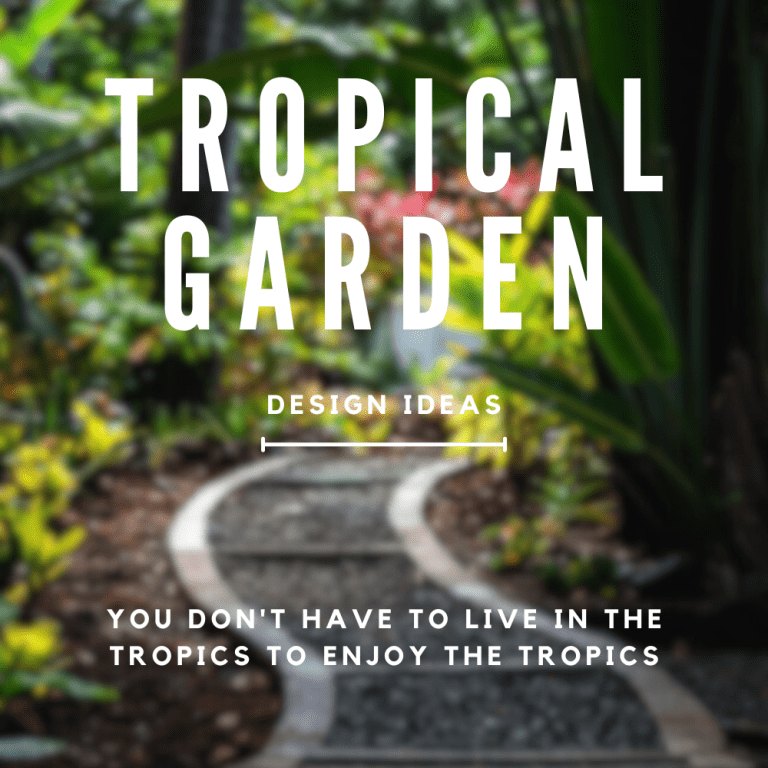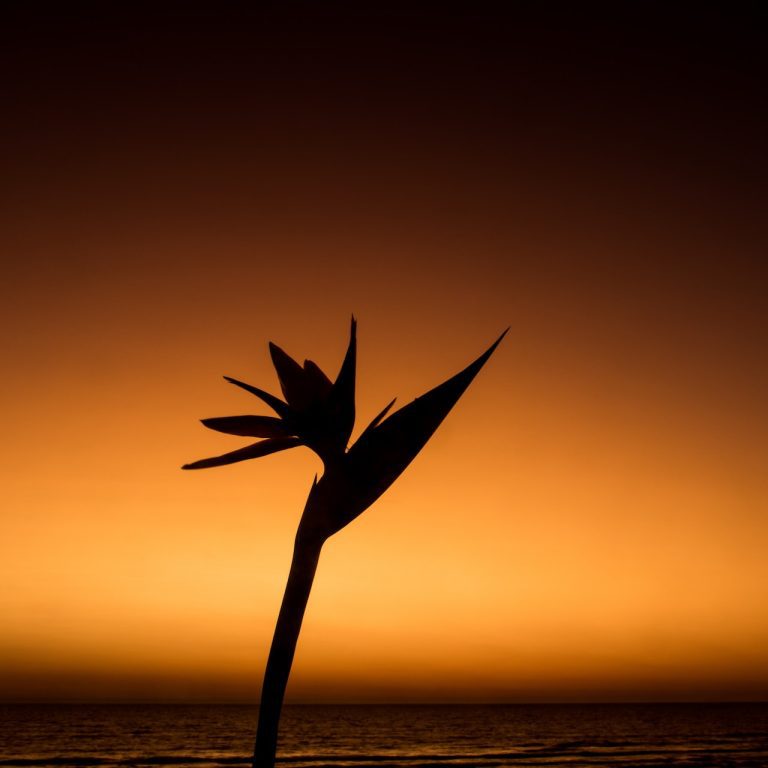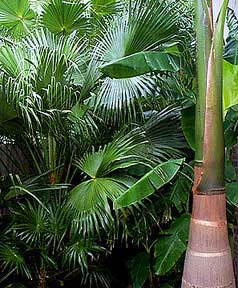Imagine this: your garden, bathed in golden sunlight, sprouting vibrant life from every corner as shimmering water droplets quench the thirst of your beloved greenery. Now, pause for a moment and reflect – how much water does your gardening passion consume? The answer might prompt you to consider a greener, more sustainable method, and that’s where ‘water-efficient gardening’ steps in.
Put simply, water-efficient gardening focuses on optimizing water usage in your garden. This strategy can help to ease the pressure on your monthly bills and significantly contribute to global water conservation, fostering a healthier, more sustainable planet. Let’s dissect this concept further and understand its benefits.
Water conservation might sound like a high-flying term, but it simply involves wise water usage and reduction of unnecessary wastage. When applied to your garden, this principle takes the form of ‘xeriscaping’ – a philosophy that promotes water-efficient landscaping and gardening. It’s a straightforward equation: less water equals more sustainability.
So, what makes water-efficient gardening so important? Well, the critical role of water in plant life is a no-brainer. It’s indispensable for photosynthesis, nutrient uptake, and growth. But as we grapple with water scarcity worldwide, it’s vital to ensure our green hobby isn’t adding fuel to the fire. This is where water-efficient gardening comes in handy – offering an enjoyable and environment-friendly approach to nurturing our green spaces, while also saving a few bucks!
The cornerstone of water-efficient gardening rests on a few key principles. First up is soil management. By ensuring the right soil composition, you can dramatically increase its water-retention capacity, negating the need for regular watering. Second, consider using native or drought-resistant plant species that can thrive with less water.
How you water your plants also plays a significant role. Try watering in the early morning or late evening to minimize water loss through evaporation. Techniques like drip irrigation can also be beneficial in reducing water waste. Don’t forget the use of mulch – it’s an excellent method for conserving soil moisture. Regular maintenance and a vigilant eye will ensure your garden thrives while being water-efficient.
You might now ask, “Alright, but how do I bring these techniques to life in my garden?” The answer starts with meticulous planning. Consider the above principles when designing your garden’s layout. Once that’s done, start introducing efficient watering methods, suitable plants, and effective mulching. Each of these small steps contributes to the overall water efficiency of your garden.
If you want to go a step further, consider integrating some advanced water-saving practices into your gardening routine. Greywater systems or rainwater harvesting can be a game-changer in water efficiency. Leveraging technology, like moisture sensors and intelligent watering systems, can help regulate water usage based on your garden’s needs. Strategic landscaping and hardscaping can further enhance water conservation.
However, every good thing comes with its set of challenges, and water-efficient gardening is no exception. A prevalent misconception is that water-efficient gardens are dry and lack beauty, but with the right selection of plants and design, your garden can be a water-saving wonderland. Managing pests and diseases could also pose a challenge, but with regular monitoring and proactive measures, these can be kept at bay.
Before we wrap up, here are a few resources for those interested in digging deeper into this subject. Dry: The Water-saving Garden by Nora Harlow and Hot Color, Dry Garden: Inspiring Designs and Vibrant Plants for the Waterwise Gardener by Nan Sterman are must-reads. The Xerces Society (www.xerces.org) offers a wealth of information on native plants and their benefits. And don’t forget to reach out to your local nurseries and suppliers specializing in native and drought-resistant plants.
Remember, the essence of gardening transcends nurturing plants – it’s about safeguarding the very earth that breathes life into our green companions. So let’s grab our gardening gloves and set foot on the path of a greener, more sustainable future through water-efficient gardening!




